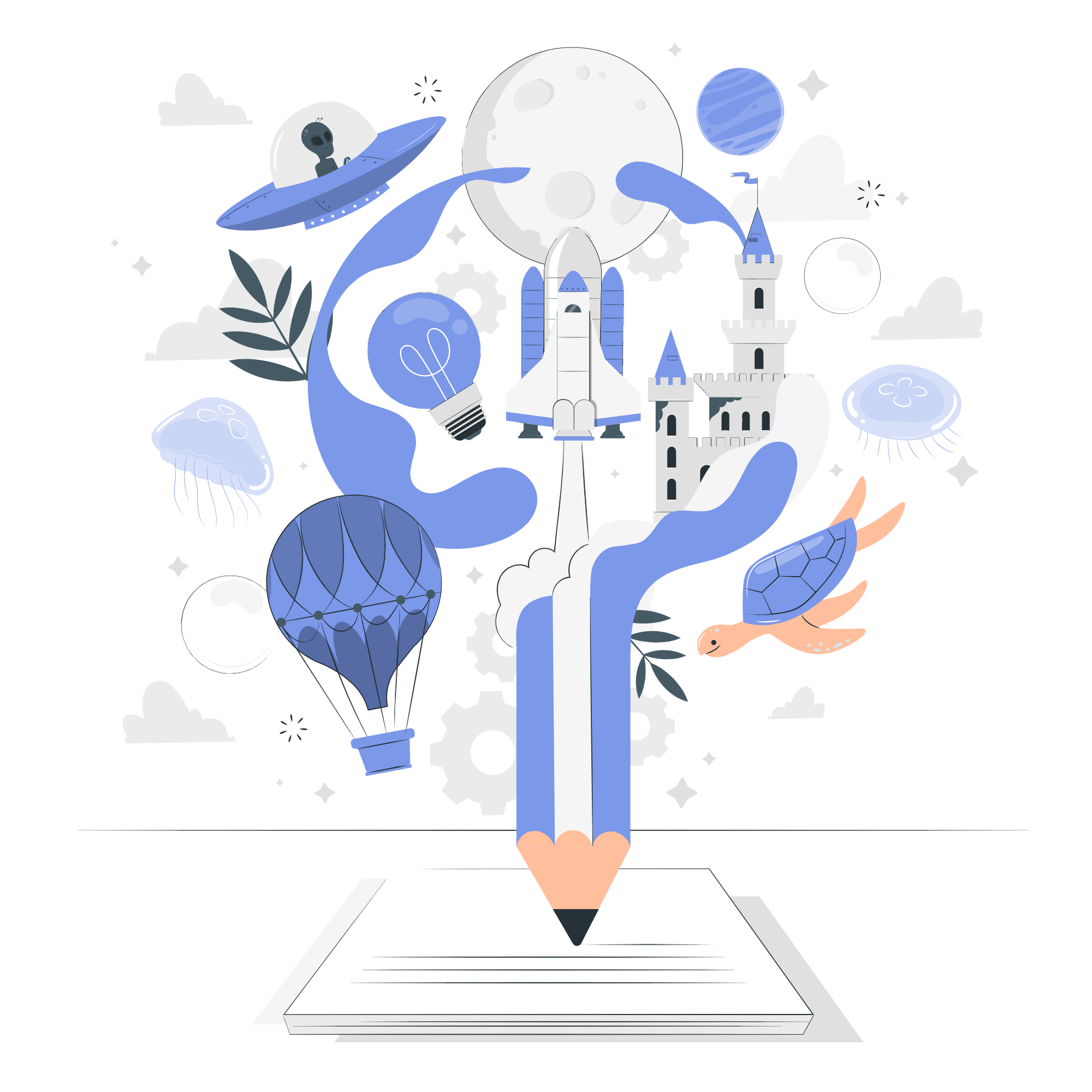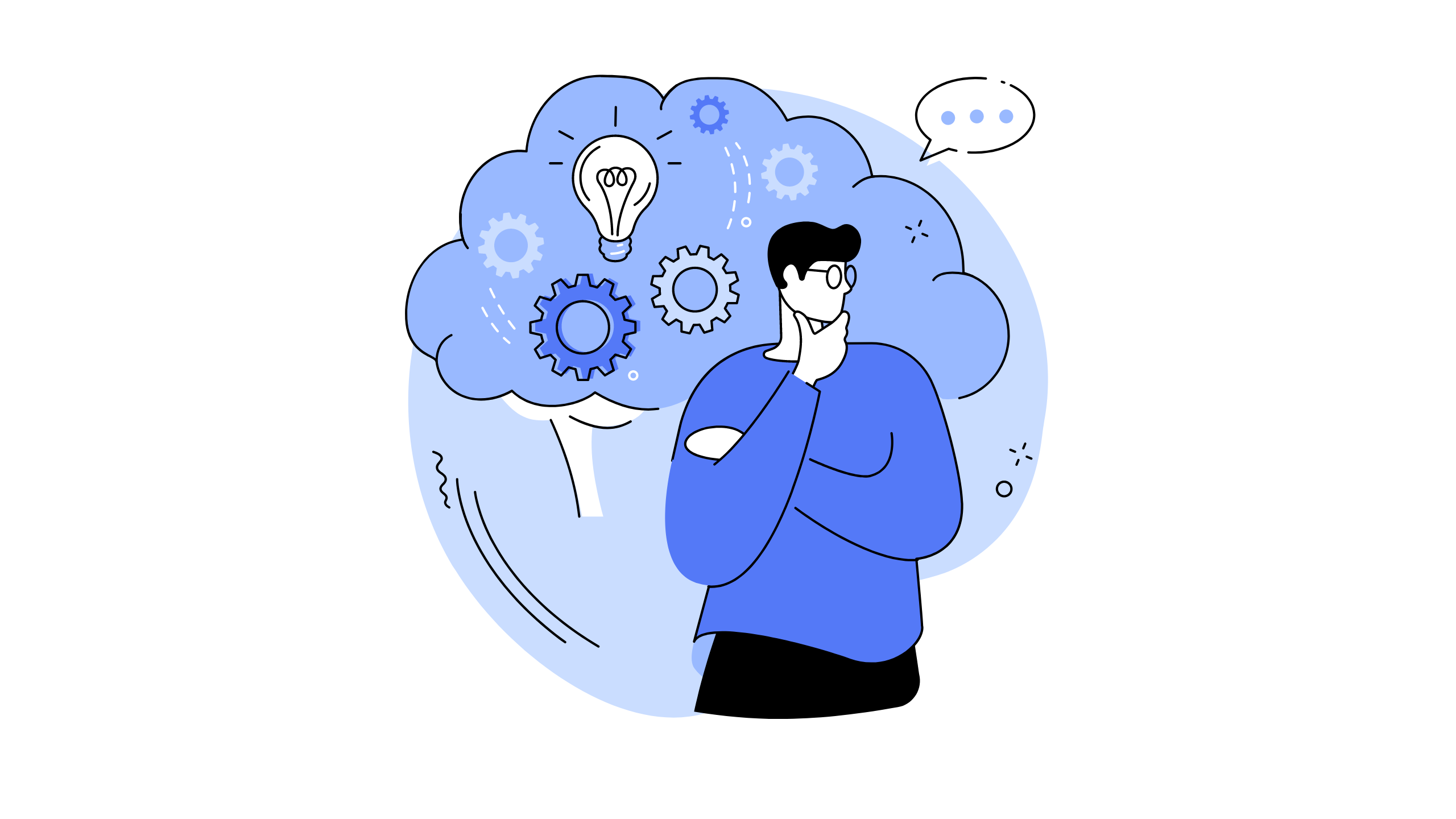Table of contents
2 effective & short Self-Coaching Methods from trauma therapy
👀 Self-Coaching Method #1: Make rapid eye movements from far left to far right (without moving your head) to stop negative thoughts.
If you are stressed during the day or have other repeating thoughts, you can do this mini-method for 10-20 seconds.
It comes from EMDR, which stands for "Eye Movement Desensitization and Reprocessing." It is used to relieve the pain caused by the memory of a traumatic event.
After successful EMDR treatment, affective distress is alleviated, negative beliefs are reformulated, and physiological arousal is reduced.
Of course, this is only a short exercise and is nowhere near as effective as an EMDR session. However, you will notice a definite before-after effect. The more repetitions, the less emotions are involved.
What exactly happens in EMDR?
The two hemispheres of the brain are stimulated similarly to REM sleep.
This allows the brain to reprocess memories that have not yet been fully processed. This is usually the case with experiences that are linked to negative emotions. Then new "better" memories are formed.
I'll try to explain it 👶
1. Take the ball of wool (thoughts associated with negative experiences) out of your head
2. The tangled ball of wool is then rolled up nicely
3. The ball of wool goes back into the head
7 out of 10 studies show us that EMDR is faster and/or more effective than cognitive behavioral therapy focused on trauma
12 randomized studies found that after an EMDR session, patients may replay the traumatic experience in their head, but no more distressing emotions come up.
They also said that "the images are not as vivid and disturbing" as before.
It makes sense, doesn't it? When we have negative thoughts, we often repress them. When we repress something, we know it's usually something negative. Again and again, we fight against the thoughts, and each time, a little something is changed in the memory.
This is why it often happens that we fall asleep with a problem and wake up with the solution. The REM sleep phases are responsible for the processing of the experiences we had.
More resources on EMDR
If you want to learn more, I recommend reading this study or Francine Shapiro's book EMDR: The Breakthrough Therapy for Overcoming Anxiety, Stress, and Trauma. Highly recommended as an audiobook.
The EMDR Toolbox is a recommended audiobook for self-application.
🦋 Self-Coaching Method #2: The Butterfly Embrace
Cross your arms over your torso and place them on your chest. Now, alternate tapping your chest in a rhythm (about 2 beats per second / per side).
You can also sit on a chair and rest your arms on your thigh. Then alternate tapping with your hands.
One of my favourite NLP techniques, Submodalities: We program ourselves
🙇♀️ Self-Coaching Method #3: Change the images in your mind to actively influence what you associate with past experiences.
"The ability to change the process by which we perceive reality is often more valuable and useful than changing the content of our experience of reality."
It's not WHAT we imagine that causes us problems, but HOW we imagine it.
So, the crucial thing is not to change the content but how the content is presented. Submodality work is very powerful; It has been widely reported that lifelong phobias have been cured in less than an hour.
Visual: Are you angry about what you said or did yesterday? Usually the image is then:
- large
- pin sharp
- colorful
- close
- 3D
🧘♀️ Self-Coaching Method #4: Kinesthetic; The next time you have a negative feeling, try to feel WHERE in the body you feel it.
Possibly a little unfamiliar at first, ask yourself what form the feeling takes.
If you can't imagine it, ask yourself what shape it would have if the feeling had a shape. Maybe it's a big rock in your stomach or a ball bouncing around in your chest. In the last coaching, my coachee had an oval shape that turned into a ball.
Change the shape, color, pressure or even location. The feeling should trigger much less emotional and physical pain afterwards.
Want to know more about Submodalities and how to discover Your Core Submodalities? Sign up to my newsletter to not miss the post on how to find out what core submodalities are and how to find your's.

More resources on submodalities
An insiders guide to submodalities
Book from Richard Bandler: NLP Workbook to Submodalities
Book from Richard Bandler: NLP Coachings including submodalities





